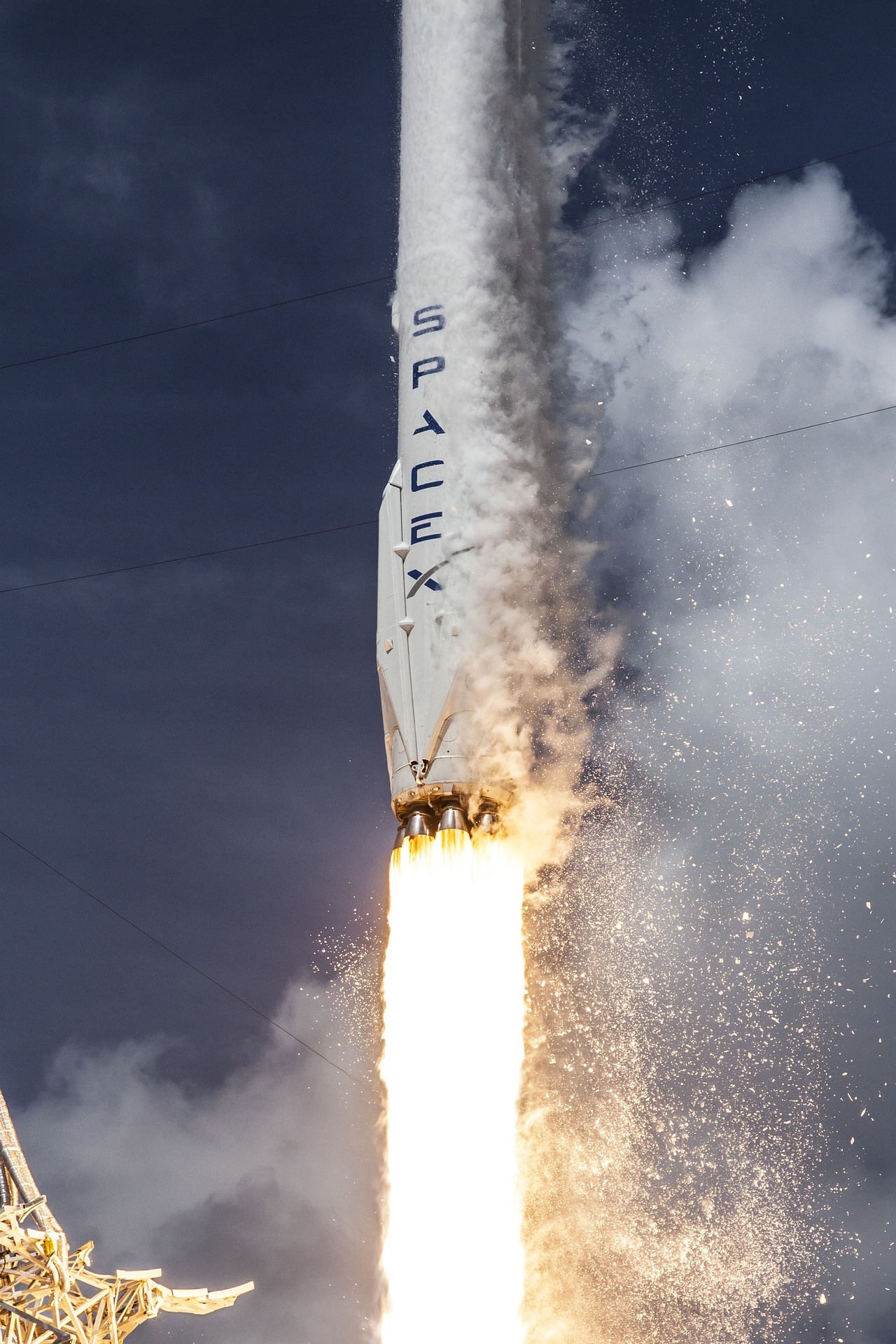SpaceX, the space exploration company founded by Elon Musk, has been making headlines recently after the explosion of its latest Starship prototype. The rocket, which was in its final phase of testing before a potential orbital launch, suffered a catastrophic failure during its landing attempt.
This isn’t the first time a Starship prototype has exploded during testing, but this particular failure has sparked renewed debate about the risks and challenges of space exploration.
The incident occurred on March 30, 2021, at SpaceX’s test facility in Boca Chica, Texas. The Starship prototype, known as SN11, had completed its high-altitude flight test and was in the process of landing when it suddenly exploded into a fireball. The cause of the failure is still under investigation, but initial reports suggest that it may have been due to a problem with the rocket’s engines.
The SN11 prototype was the latest in a series of Starship test vehicles that SpaceX has been developing over the past few years. The Starship is a next-generation rocket that SpaceX hopes will eventually replace its current Falcon 9 and Falcon Heavy rockets. It’s designed to be a fully reusable rocket that can carry both crew and cargo to destinations both on Earth and in space.
Despite the setback, SpaceX remains committed to the Starship program and has already begun work on the next prototype, SN15. The company is also moving forward with plans for a manned mission to the moon, with the Starship serving as the primary spacecraft.
But what does this failure mean for the future of space exploration?
Firstly, it highlights the inherent risks and dangers of spaceflight. Even with the most advanced technology and safety protocols, there’s always a risk of failure when venturing into space. This is especially true for new and untested spacecraft like the Starship, which is still in its early development stages.
Secondly, it raises questions about the feasibility and practicality of manned missions to other planets. While the idea of colonizing Mars and other celestial bodies is exciting, it’s also incredibly difficult and expensive. The failure of the Starship prototype underscores the challenges that come with space exploration, and raises doubts about whether we’re ready to take on such a daunting task.
However, some experts argue that setbacks like this are an inevitable part of the process, and that failure is necessary for progress. In fact, space exploration has always been a risky endeavor, and every successful mission has been the result of countless failures and setbacks.
Furthermore, some see SpaceX’s continued commitment to the Starship program as a sign of optimism and determination. The company has a track record of overcoming obstacles and achieving seemingly impossible goals, and many believe that the Starship will be no exception.
In conclusion, while the failure of the SN11 prototype is certainly a setback for SpaceX and the Starship program, it’s important to keep things in perspective. Space exploration has always been a risky and difficult undertaking, and setbacks and failures are inevitable. However, as long as we remain committed to the pursuit of knowledge and discovery, there’s no doubt that we’ll continue to push the boundaries of what’s possible in space exploration.




